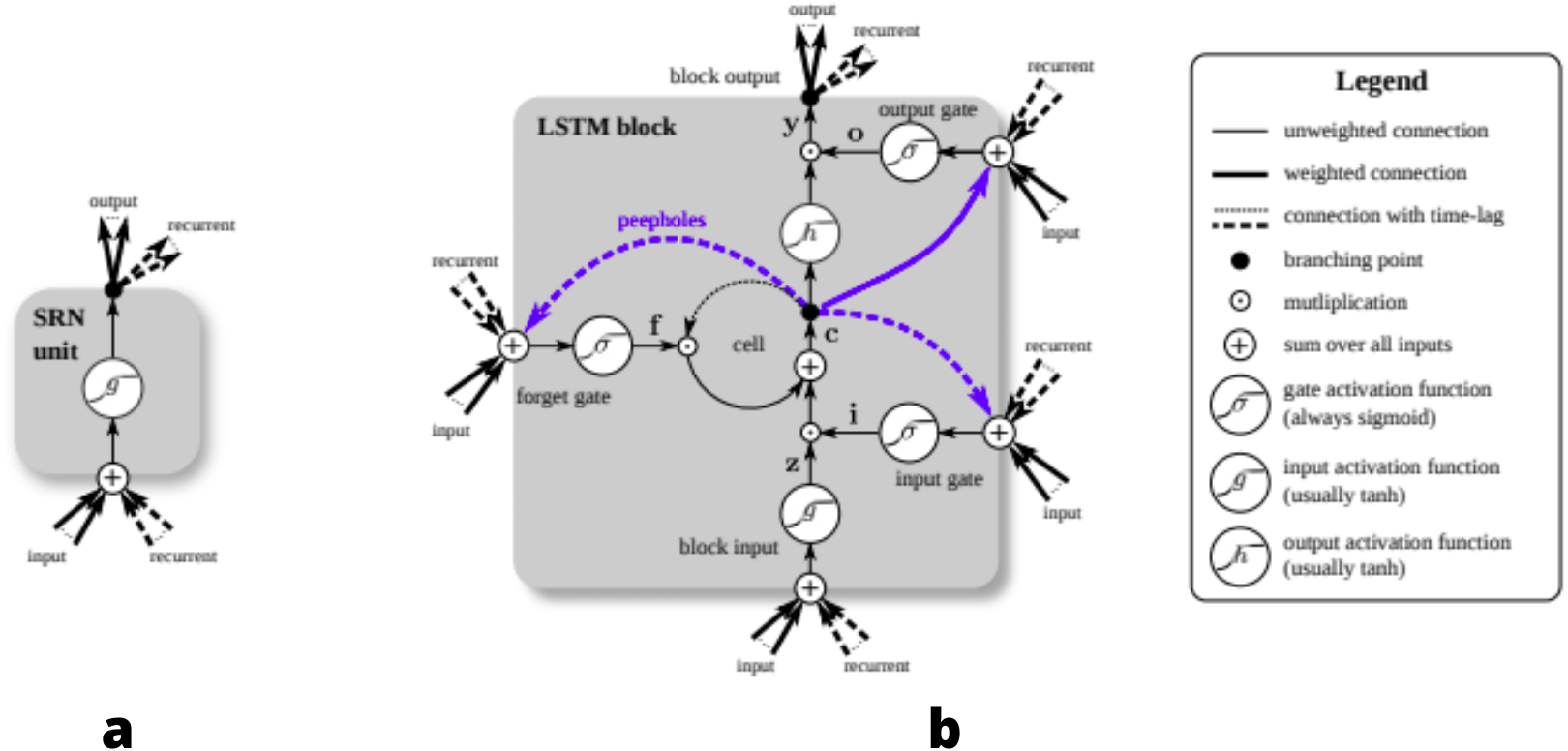

^ "Experiment with HTTP/3 using NGINX and quiche".Click HERE for more information or call 81 to speak with a representative about upgrading.
#Final draft 9 activation blocker upgrade

#Final draft 9 activation blocker Patch
Cloudflare distributes a patch for nginx that integrates the quiche HTTP/3 library into it.A technology preview of nginx with HTTP/3 support was released in June 2020. Nginx support for HTTP/3 is being worked on.The Caddy web server has experimental support for HTTP/3 as of 2.0 beta 17.On June 7 2021, LiteSpeed Web Server (and OpenLiteSpeed) 6.0.2 was released and became the first version to enable HTTP/3 by default.Open source libraries that implement client or server logic for QUIC and HTTP/3 include Version implemented (disabled by default)Įarlier versions implemented other drafts of QUICĮdge 79 was the first version based on Chromium Because QUIC provides native multiplexing, lost packets only impact the streams where data has been lost. The switch to QUIC aims to fix a major problem of HTTP/2 called " head-of-line blocking": because the parallel nature of HTTP/2's multiplexing is not visible to TCP's loss recovery mechanisms, a lost or reordered packet causes all active transactions to experience a stall regardless of whether that transaction was impacted by the lost packet. HTTP/3 uses QUIC, a transport layer network protocol which uses user space congestion control over the User Datagram Protocol (UDP). Both HTTP/1.1 and HTTP/2 use TCP as their transport. The differences are in the mapping of these semantics to underlying transports. HTTP semantics are consistent across versions: the same request methods, status codes, and message fields are typically applicable to all versions. Experimental support for HTTP/3 was added to Safari Technology Preview on Ap and was included with Safari 14 that ships with iOS 14 and macOS 11, but is still disabled by default. Firefox added support for HTTP/3 in November 2019 through a feature flag and started enabling it by default in April 2021 in Firefox 88. Support for HTTP/3 was added to Chrome (Canary build) in September 2019 and then eventually reached stable builds, but was disabled by a feature flag. The HTTP working group is chartered to assist the QUIC working group during the design of HTTP/3, then assume responsibility for maintenance after publication. Nottingham's proposal was accepted by fellow IETF members a few days later. so people understand its separation from QUIC". On 28 October 2018 in a mailing list discussion, Mark Nottingham, Chair of the IETF HTTP and QUIC Working Groups, proposed renaming HTTP-over-QUIC to HTTP/3, to "clearly identify it as another binding of HTTP semantics to the wire protocol. The original proposal was named "HTTP/2 Semantics Using The QUIC Transport Protocol", and later named "Hypertext Transfer Protocol (HTTP) over QUIC". HTTP/3 is an expired (as of February 2022) Internet Draft adopted by the QUIC working group.


 0 kommentar(er)
0 kommentar(er)
